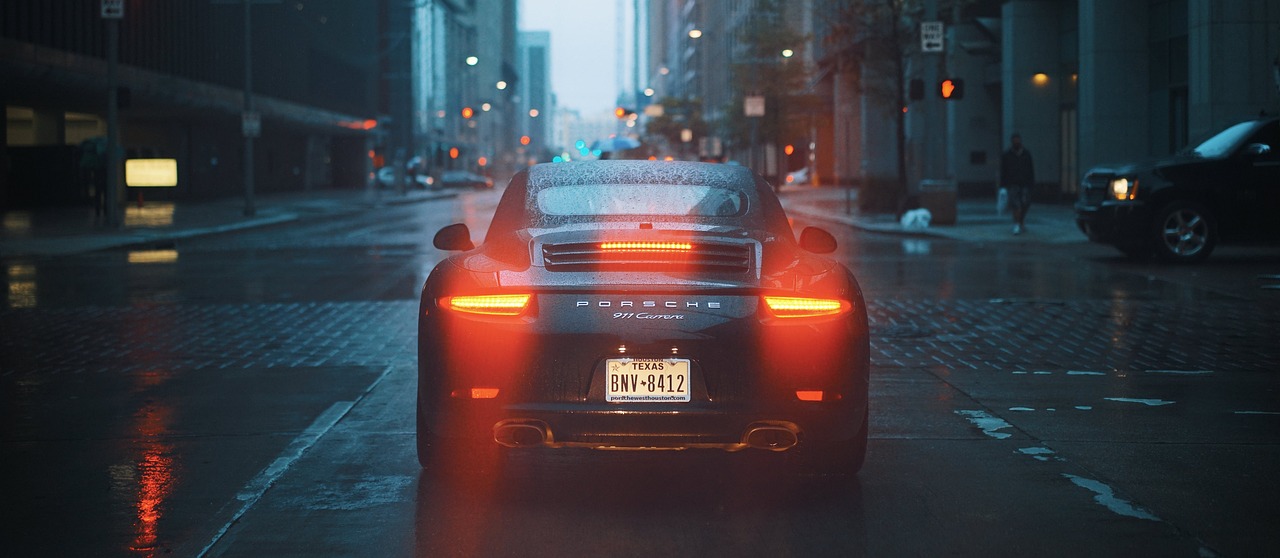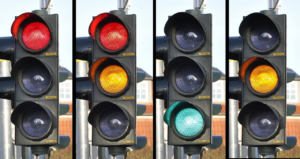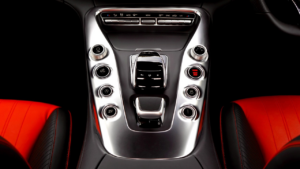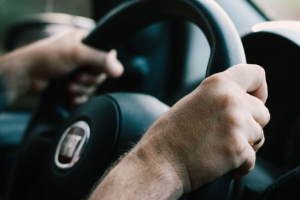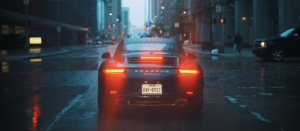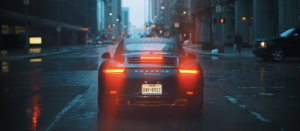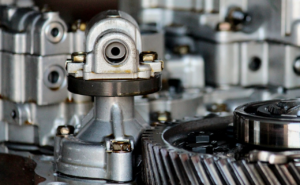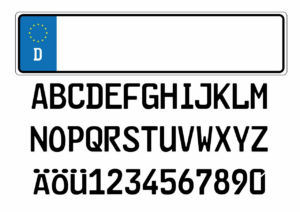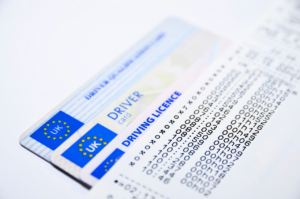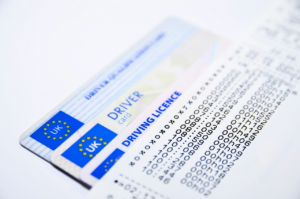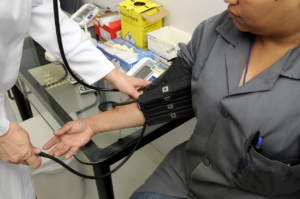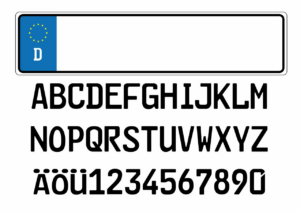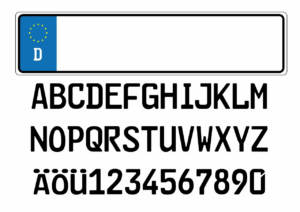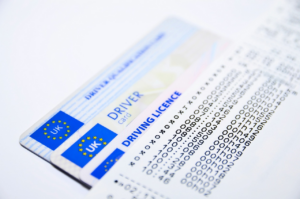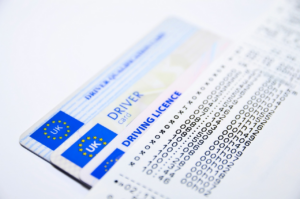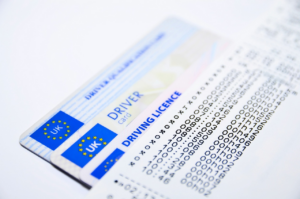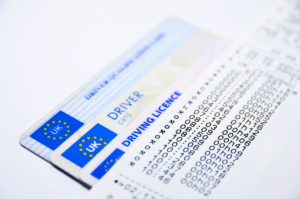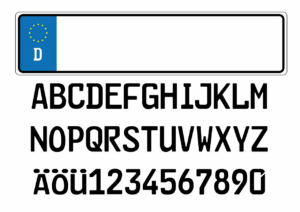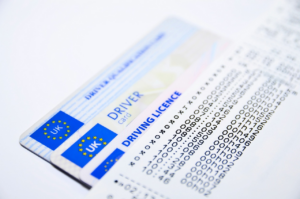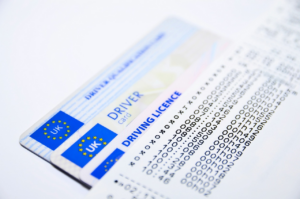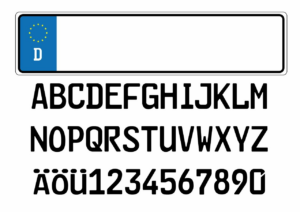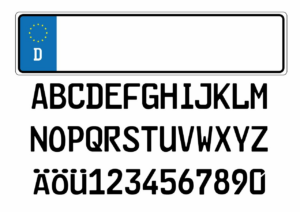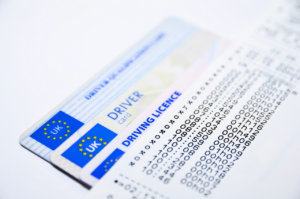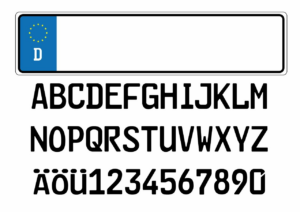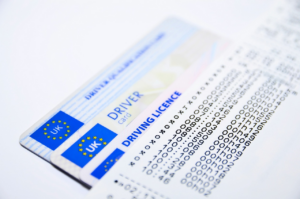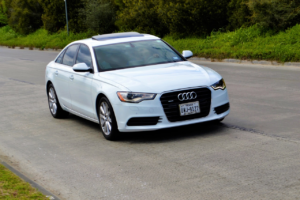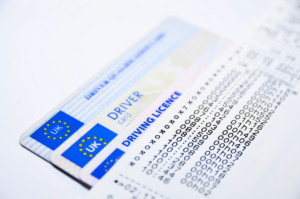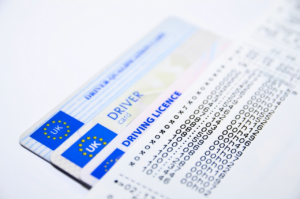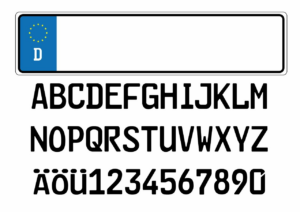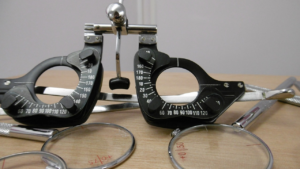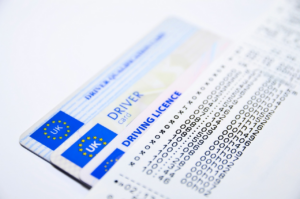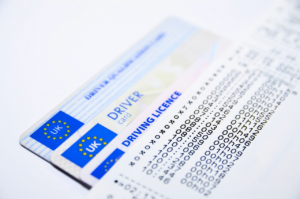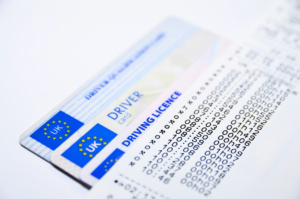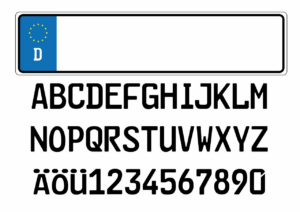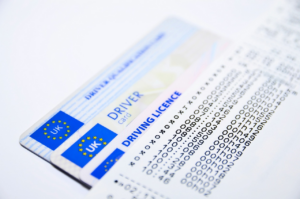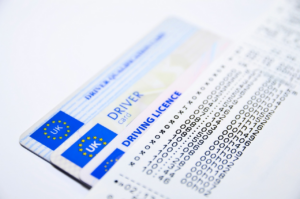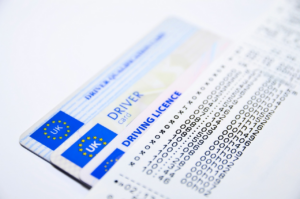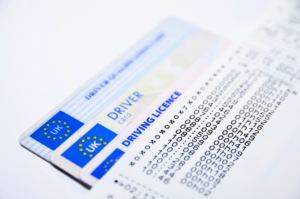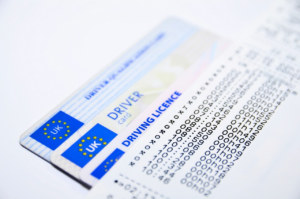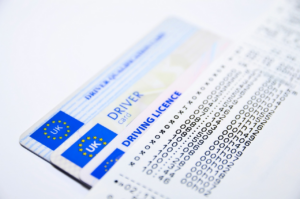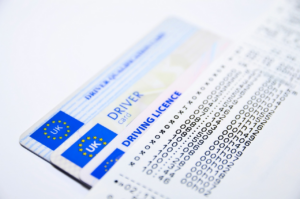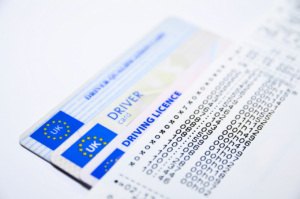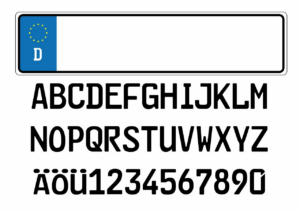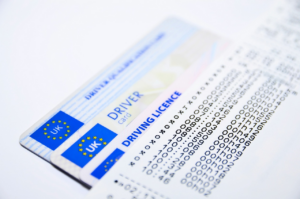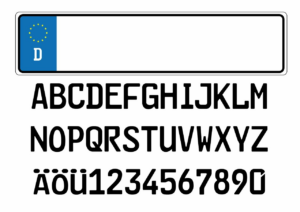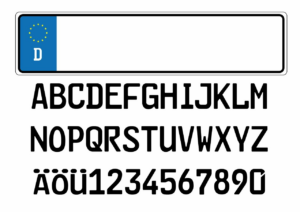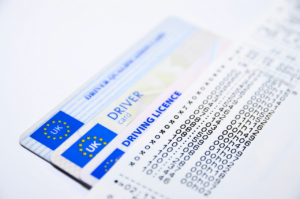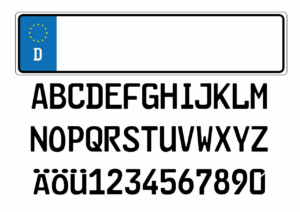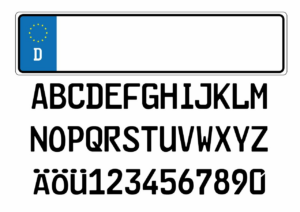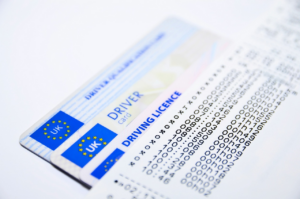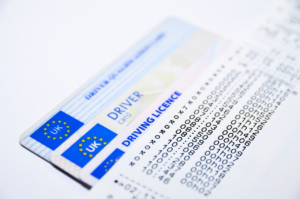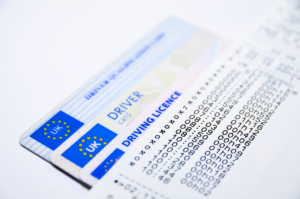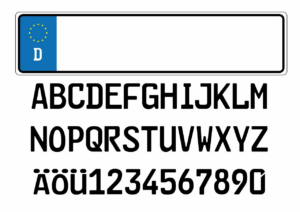Are you someone who frequently drives at night? If so, you know how challenging it can be to maintain visibility on the road.
Nighttime driving can be hazardous due to decreased visibility, glare from other vehicles, and fatigue. However, with the right tips and tricks, you can enhance your visibility and stay safe on the road.
In this article, we will provide you with eight essential night driving tips and tricks that will help you navigate the roads safely. From adjusting your headlights to staying alert and focused, these tips will not only enhance your visibility but also increase your confidence while driving at night.
So, let’s get started and take a look at these essential tips and tricks that you can implement today.
Adjust Your Headlights
If you wanna see better while cruisin’ in the dark, don’t forget to adjust them headlights! Properly adjusted headlights can make a huge difference in your ability to see the road ahead.
To adjust your headlights, park your car on level ground facing a wall, turn on your headlights, and mark the center of each beam on the wall with tape or chalk. Then, use a screwdriver to adjust the vertical and horizontal aim of each headlight until the center of the beam lines up with the marks on the wall.
It’s important to keep your headlights properly aimed so that you can see the road ahead clearly and avoid blinding other drivers on the road.
In addition to adjusting your headlights, it’s important to keep them clean and clear. Dirty or foggy headlights can limit visibility and make it more difficult to see while driving at night.
To keep your headlights clean, wash them regularly with soap and water and use a specialized cleaner to remove any cloudiness or haze. You can also apply a protective coating to your headlights to help prevent scratches and damage from rocks and debris on the road.
By keeping your headlights properly adjusted and clean, you can enhance your visibility while driving at night and stay safe on the road.
Clean Your Windshield and Windows
Make sure to give your windshield and windows a good cleaning before hitting the road at night, so you can see clearly and avoid any unexpected obstacles! Dirt, grime, and streaks on your windshield and windows can reduce your visibility, especially when headlights from other vehicles hit them.
Use a good quality glass cleaner and a microfiber cloth to clean your windshield and windows thoroughly. Make sure to clean both the inside and outside surfaces of your windows for maximum clarity.
If you’re driving in an area where there’s a lot of dust, pollen, or other debris in the air, you may need to clean your windshield more often. You can also consider using a windshield treatment that repels water and dirt, which can help keep your windshield clean for longer periods.
Remember to also check your windshield wipers and replace them if they’re worn or damaged. Clean windows and a good set of windshield wipers can make a huge difference in your visibility and safety when driving at night.
Avoid Glare from Other Vehicles
To dodge the blinding light from oncoming vehicles, try tilting your rearview mirror slightly upwards and to the side. This will reduce the glare coming from the headlights of the vehicle behind you.
Another way to avoid glare is to look to the right side of the road and use the white line as your guide. This will help you stay on track and avoid getting blinded by the headlights of approaching vehicles.
Additionally, it’s important to use your own headlights properly. Make sure your headlights are clean and aimed correctly, and use them on low beam when driving at night. High beams should only be used when there are no other vehicles around you.
If another vehicle approaches you with their high beams on, look towards the right side of the road and slow down if necessary.
Remember, safety is always the top priority when driving at night.
Stay Alert and Focused
You must remain vigilant and completely focused while on the road to ensure your safety and the safety of others. Night driving can be particularly challenging due to reduced visibility, so it’s important to stay alert and aware of your surroundings at all times.
Here are some tips to help you stay focused while driving at night:
-
Take breaks: Driving for long periods of time can be exhausting. Taking short breaks every few hours will help you stay alert and focused.
-
Avoid distractions: Keep your phone out of reach and avoid eating or drinking while driving. These distractions can take your attention away from the road and increase your risk of getting into an accident.
-
Keep your eyes moving: Scan your surroundings constantly to stay aware of any potential hazards. This will help you react quickly if you need to make a sudden stop or avoid an obstacle.
-
Use your headlights correctly: Make sure your headlights are properly aligned and clean. Use your high beams when driving in rural or unlit areas, but remember to switch back to low beams when approaching oncoming traffic.
Use GPS Navigation
When it comes to night driving, using GPS navigation can be a lifesaver. First, make sure to use voice commands to avoid taking your eyes off the road. This will ensure that you stay focused and alert while driving.
Additionally, keep maps and directions visible so you can easily track your progress and avoid missing any turns. By following these simple tips, you’ll have a much safer and more enjoyable driving experience at night.
Use Voice Commands
Using voice commands can really boost your driving experience, making it easier to control your vehicle and stay focused on the road ahead. With the help of voice commands, you can easily adjust the temperature, change the radio station, or even make a phone call, all without having to take your hands off the wheel or your eyes off the road.
This is especially important when driving at night, as you need to be extra cautious to avoid any potential hazards on the road.
To use voice commands, you first need to ensure that your car is equipped with the necessary technology. Most modern cars come with voice-activated systems that allow you to control various features of your car by simply speaking a command.
To activate the system, simply press the button on your steering wheel or dashboard, and then speak your command clearly and concisely. You can then sit back and let your car take care of the rest, allowing you to focus on the road and drive safely at night.
Keep Maps and Directions Visible
Now that you know how to use voice commands to keep your hands on the wheel, it’s time to talk about keeping maps and directions visible during night driving.
One of the most important things you can do to enhance visibility is to make sure your navigation system is easy to see and understand.
Before you start driving, adjust your GPS device or phone so that it’s in a position that doesn’t block your view of the road. If you’re using a phone, consider purchasing a mount that can be attached to your dashboard or windshield. This will keep your device secure and in the right position while you’re driving.
Additionally, make sure that the display settings on your device are adjusted for night driving. Most devices have a ‘night mode’ that reduces the brightness and glare of the screen, making it easier to see and read directions.
By keeping maps and directions visible, you’ll be able to navigate with confidence and stay safe on the road.
Drive Defensively
As you’re out on the road at night, visibility can be a challenge. That’s why it’s important to drive defensively.
Keep a safe distance from the car in front of you and be aware of your surroundings. Look out for pedestrians, cyclists, and animals that may be harder to see in the dark. Also, keep an eye out for other drivers who may not be as cautious as you are.
Another way to drive defensively is to avoid distractions. Don’t use your phone or any other electronic devices while driving. If you need to make a call or send a text, pull over to a safe location first.
Finally, always be prepared for the unexpected. Keep an emergency kit in your car with items such as a flashlight, blanket, and first aid supplies. By following these tips, you can enhance your visibility at night and stay safe while driving.
Be Prepared for Emergencies
To ensure your safety on the road, it’s crucial that you equip yourself with the necessary tools and resources to handle unexpected emergencies while driving.
This includes having a first-aid kit, a flashlight, and a reflective vest in your car at all times. These items can be incredibly useful in the event of an accident or breakdown, and can make a huge difference in terms of your ability to stay safe and visible while waiting for help.
Additionally, it’s important to have a plan in place for what to do in case of an emergency. This might include knowing the location of the nearest hospital or emergency services, as well as having a list of emergency contacts stored in your phone or glove compartment.
By taking these steps to prepare for the unexpected, you can help ensure that you’re able to stay calm and focused in the event of an emergency, and can take the necessary steps to keep yourself and others safe while on the road.
Maintain Your Vehicle
When it comes to maintaining your vehicle, there are three key points to keep in mind:
-
Keep your headlights clean. This ensures that your visibility is not compromised, especially during night driving.
-
Check your brakes regularly. This helps you stay safe on the road by ensuring that they are in good working condition.
-
Check your tires regularly. This also helps you stay safe on the road by ensuring that they are in good working condition.
By following these simple tips, you can keep your vehicle in good condition and ensure your safety on the road.
Keep Your Headlights Clean
Make sure your headlights are clean so that you can see clearly and be seen by others on the road. Dirty headlights can reduce visibility and make it difficult for other drivers to see you on the road. Here are some tips to keep your headlights clean:
- Use a microfiber cloth and mild soap to clean your headlights. Avoid using harsh chemicals or abrasive materials that can scratch the surface of your headlights.
- Apply a protective coating to your headlights to prevent fogging and yellowing. This will help keep your headlights clear and bright, making it easier for you to see at night.
Regularly cleaning and maintaining your headlights is an important part of safe night driving. By keeping your headlights clean and bright, you’ll be able to see clearly and be seen by others on the road.
So, take the time to clean your headlights and enjoy a safer, more comfortable driving experience at night.
Check Your Brakes and Tires Regularly
Ensuring the regular maintenance of your brakes and tires is crucial for safe and confident travel on the roads, especially during night driving. Before hitting the road, take the time to check your brakes and tires to ensure they’re in good condition.
Check the brake pads for wear and tear, and replace them if necessary. Worn brake pads can reduce braking effectiveness, making it difficult to stop your vehicle in time.
In addition, check your tires for any signs of wear, such as cracks or bulges, and ensure that the tire pressure is at the recommended level. Properly inflated tires can help improve your vehicle’s handling and reduce the risk of a blowout.
By regularly checking your brakes and tires, you can help ensure a safer and more enjoyable night driving experience.
Frequently Asked Questions
What are the best types of headlights for night driving?
When it comes to choosing the best headlights for night driving, there are a few options to consider.
Firstly, halogen headlights are the most common type and are often found in older vehicles. They’re affordable and produce a warm, yellowish light. However, they’re not as bright as other options.
LED headlights are becoming more popular due to their energy efficiency and brightness. They emit a cool, white light and have a longer lifespan than halogen bulbs.
Finally, HID headlights produce an even brighter light and can be found in luxury vehicles. They’re pricier than other options but offer the most visibility at night.
Ultimately, the best type of headlight for night driving will depend on personal preference and budget.
How often should windshield wipers be replaced for optimal visibility?
To ensure optimal visibility during night driving, it’s important to regularly replace your windshield wipers. Experts recommend replacing your wipers every six months to a year, depending on usage and the climate you live in.
Over time, wiper blades can become worn or damaged. This can lead to streaking, smearing, or reduced effectiveness in clearing away rain, snow, or debris. By replacing your wipers on a regular basis, you can maintain clear visibility and reduce your risk of accidents or collisions while driving at night.
Are there any specific types of eyewear that can help reduce glare?
Reduce glare while driving at night by wearing polarized sunglasses. These glasses have a special coating that helps block out horizontal light waves, which are often the cause of glare.
Additionally, yellow-tinted glasses can also help reduce glare and improve visibility in low-light conditions. However, be cautious when selecting eyewear for driving, as some lenses may actually impair your vision.
It’s always best to consult with an optometrist to ensure that you’re selecting the right eyewear for your specific needs. By taking the necessary precautions, you can reduce the chances of being blinded by glare while driving at night, making your journey safer and more enjoyable.
What is the recommended length of time for rest breaks during long night drives?
To ensure safe and comfortable night driving, it’s recommended to take rest breaks every 2 hours or 100 miles, whichever comes first. This will give your body and mind a chance to rest and recharge, reducing the risk of fatigue or drowsiness.
During breaks, stretch your legs, take a short walk, and hydrate yourself with water or a non-caffeinated drink to stay alert. Keep in mind that rest breaks are not only beneficial for your well-being but also for your car’s maintenance.
Take the opportunity to check your vehicle’s tires, lights, and fluids to avoid any unexpected issues on the road. Remember, a little break can go a long way in keeping yourself and others safe during long night drives.
How can I improve my night vision while driving?
To improve your night vision while driving, there are a few things you can do. First, make sure your headlights are clean and angled correctly. Dirty or misaligned headlights can significantly reduce your visibility.
Additionally, consider upgrading to brighter bulbs or installing fog lights to improve your visibility in inclement weather. It’s also important to keep your windshield and mirrors clean and free of streaks or smudges, which can further reduce your visibility.
Finally, try to avoid looking directly at oncoming headlights, as this can cause temporary blindness and make it more difficult to see the road ahead. By taking these steps, you can help ensure that you’re able to see clearly and safely navigate the roads, even in low-light conditions.
Conclusion
Congratulations, you’ve made it to the end of this article on night driving tips and tricks! By now, you should have a good understanding of the different ways you can enhance your visibility while driving at night.
Remember, driving at night can be challenging, so it’s important to take extra precautions to stay safe on the road. To recap, some of the tips and tricks you can use to improve visibility include:
- Adjusting your headlights
- Cleaning your windshield and windows
- Avoiding glare from other vehicles
- Staying alert and focused
- Using GPS navigation
- Driving defensively
- Being prepared for emergencies
- Maintaining your vehicle
By implementing these strategies, you can reduce your risk of accidents and enjoy a smoother, more comfortable ride.
Of course, there’s no substitute for experience and practice when it comes to driving at night. So, be sure to get plenty of practice driving in different conditions and always stay focused and alert behind the wheel. By doing so, you’ll be well on your way to becoming a confident and safe night driver.


